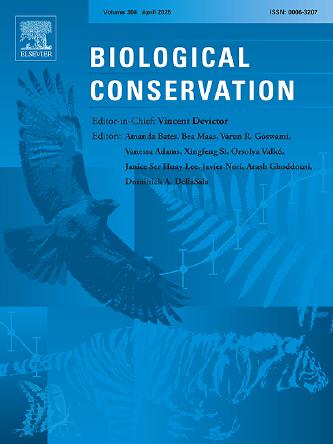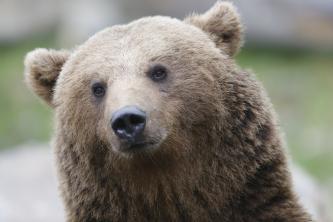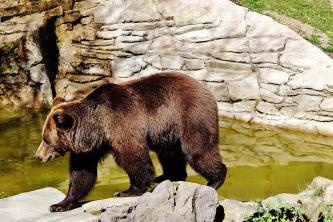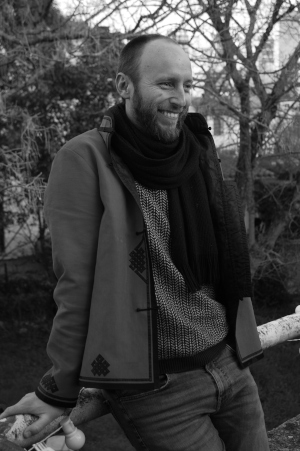-
Partager cette page
Thinking coexistence in human-dominated landscapes with the lens of multi-species assemblages: Farmers, brown bears and other wild species in the Pyrenees
Article cosigné Alice Ouvrier & Ruppert Vimal
The study examines the coexistence between brown bears and pastoralists in the Pyrenees, highlighting how bears reshape human-dominated landscapes through their agency, necessitating a shift in perspective to recognize non-humans as active participants in shaping shared environments.

Over the last decades, the coexistence between humans and large carnivores has become a major issue for conservation science. To date however, most studies focus on a dual relationship between humans and non-humans of one other species only and fail to consider the multispecies assemblage in which they interact. In this study, building on more-than-human geography, which considers non-humans as co-constitutive of places, we analyse the coexistence between brown bears (Ursus arctos) and pastoralists in the Pyrenees with a multispecies lens.
By combining camera trap survey with participant observation and semi-structured interviews within three summer pastures in France between 2021 and 2023, we show how the return of bears in a human-dominated landscape has transformed wildlife agency, i.e. the capacity of non-humans to shape the world through the relational networks in which they are involved.

Our results show that, although non-human species such as ungulates, birds or medium-sized carnivores and pastoralists interact in various ways, pastures are primarily human-dominated landscapes in which wildlife remains partially segregated. In contrast, bears exhibit strong agency through their opportunistic use of space and predatory behaviour, constraining pastoralists to adapt and transforming some of their relationships with other species. Pastures are not anymore human spaces only but shared landscapes.

This result suggests that coexistence with large carnivores cannot be achieved by taking as a state of reference apparently peaceful yet unbalanced relationships of humans with other species. Rather, it necessitates a change in perspective, acknowledging the full legitimacy of non-humans in shaping landscapes of coexistence.
Découvrez l'intégralité de la publication le site web de Biological Conservation - Volume 302 - February 2025






